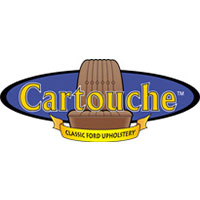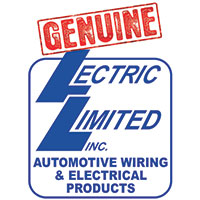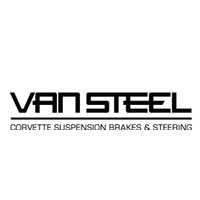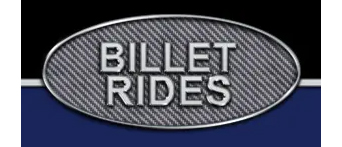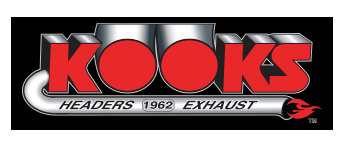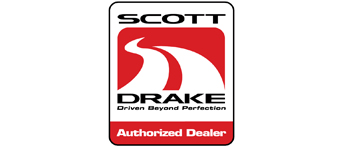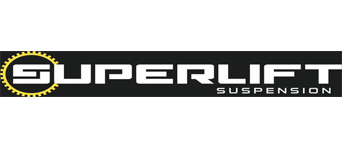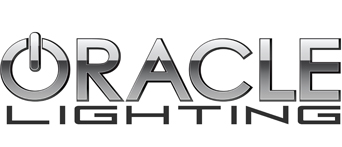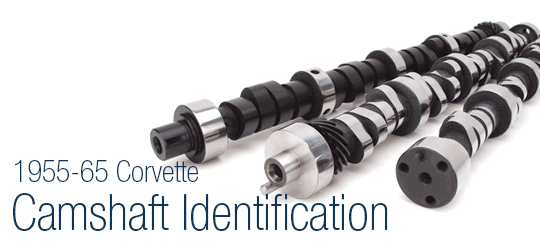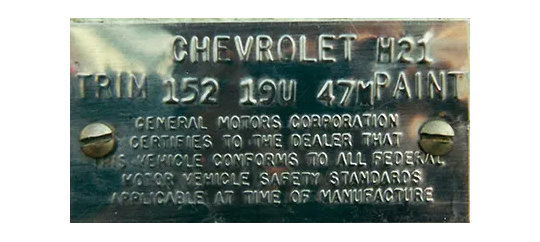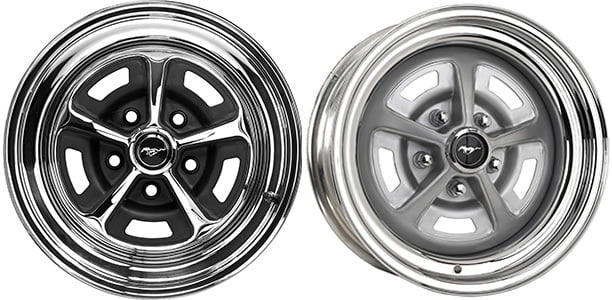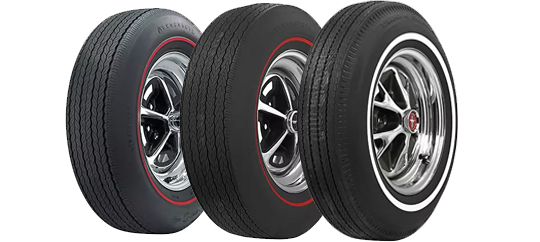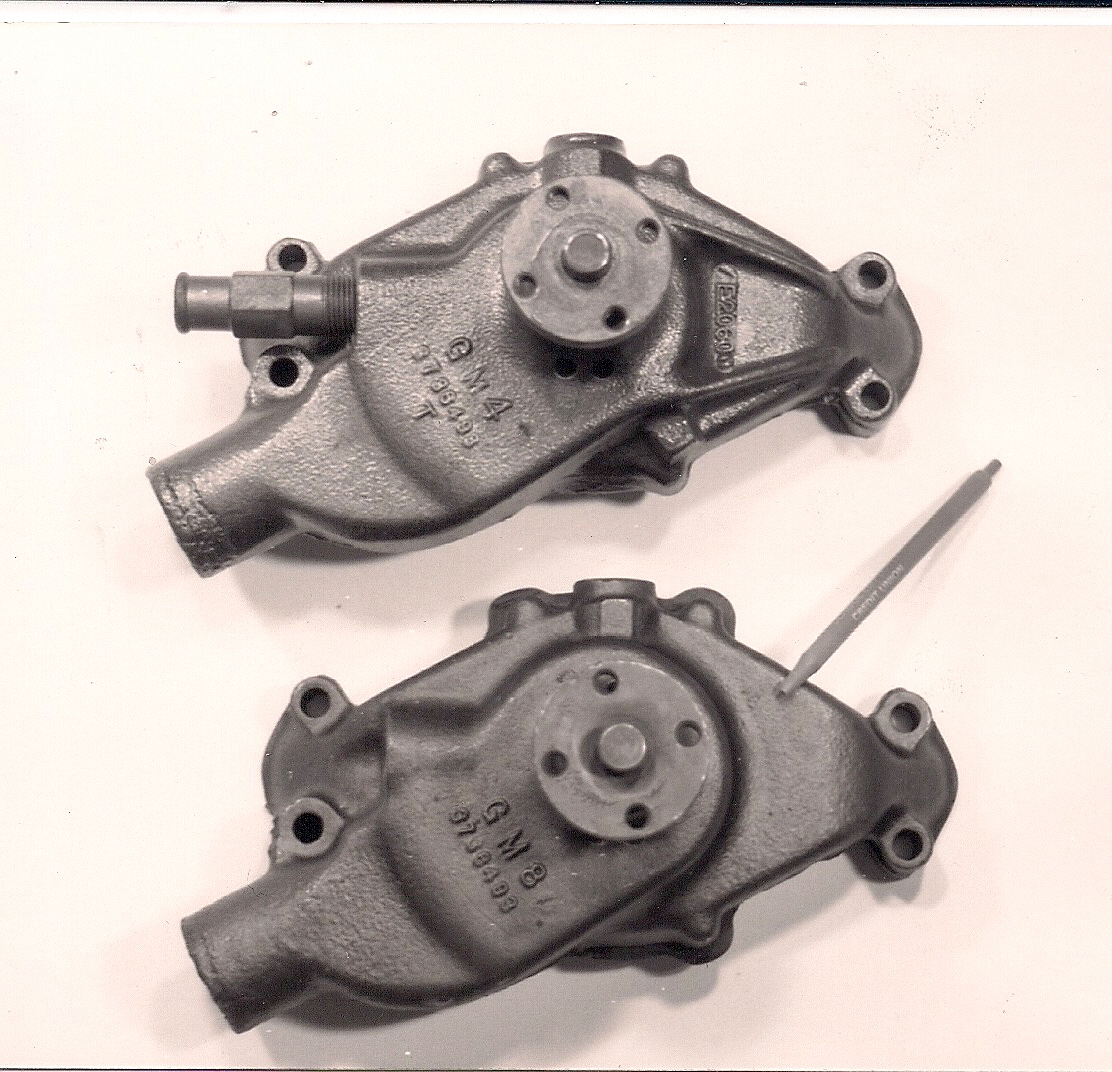Installing Sub-Frame Connectors
- May 22, 2015
Time: 2 hours
Tools: standard socket set, standard wrenches, power drill and drill bits (if applicable)
Cost: $175-$300
Tinware: sub-frame connector kit and hardware
Tip: Buy quality products. There are lots of companies making sub-frame connectors, but not all of them implement heavy-duty materials and quality construction. Visit RicksCamaros.com, EcklersFirebird.com or EcklersNova.com and search for “Sub-frame connectors”.
Performance gains: Sub-frame connectors are a must for any high-performance small car without a full frame. They offer strength and improved handling under heavy loads.

The front of the connector arm “boxes” the frame rail and is secured by two bolts.

For added strength, we drilled the connector arm and the rear flange of the spring perch. The two were then bolted together.

Once the connector is in position, tighten the spring perch bolt and nut.

This angle gives you an overall look from at the clean, finished product.
This article refers specifically to installation of sub-frame connectors on the F-body and X-body vehicles. Most commonly installed on Camaros, Firebirds and Novas, aftermarket sub-frame connectors offer additional strength and rigidity to a less-than-stout factory platform. These compact cars of yesteryear were engineered and crafted with a front partial frame only. They lacked the brawn and sheer ruggedness of the larger, full-frame vehicles such the Chevelle and Impala.
Having only a shortened frame at the front of the vehicle dramatically affects the chassis’s ability to handle any kind of serious horsepower. Other than the car’s sheetmetal body, there is no connection between the front and rear suspensions. Under heavy loads (such as a drag launch), the body can distort and twist from the high energy created by the powerplant. Needless to say, this is not a good thing! In addition to warping and possibly even cracking major stress points on the body, this intense “torque flexing” can also hinder your beloved elapsed times. When energy intended for the rear wheels is lost and absorbed into the body and suspension, the results can be very disappointing.
The installation of sub-frame connectors will dampen and eliminate these kinds of problems. Constructed of boxed, steel tubing (similar to a frame rail), the reinforcement connectors literally tie the two ends of the chassis together. When installed, they run parallel to each other down the length of the floor pans. The shorter sub-frame car now takes on the burly persona of a full-frame vehicle. Sure, there will always be a certain amount of chassis flex under acceleration, however, the harmful effects are greatly minimized when all of the pieces are firmly secured together.
Depending on the year of the vehicle, the installation procedure may vary slightly from one car to another. By far, the most popular subjects are the ’68-’72 Novas and the first and second generation Camaros and Firebirds. They all share the same sub-frame and suspension design. The connectors simply attach between the rear of the front frame horns and the forward spring perch on the rear suspension. The body bushings at the frame rails must be removed to allow the connectors to slide into place. In fact, the connectors attach to the frame using the same body bushing bolts and hardware. The rear mounting point is at the forward leaf-spring perch, again utilizing the existing hardware. The design here is extremely simple, yet effective. The aftermarket manufacturers have made the process fairly easy.
On the early Chevy II Novas (’62-’67), the design is similar, but not exact. These cars are well-known in the performance world for their poor handling and weak suspension designs. Nonetheless, it’s a very popular body style and definitely one worth fixing. The aftermarket offers plenty of quality upgrades for the less-than-impressive factory setup. There are even complete front-end replacement kits available for these micro-Novas.
Although it may not be necessary in all applications, our sub-frame connectors required a fair amount of drilling. At the front of the car, we had to drill mounting through-holes in both the connectors and the frame rails. The bolts slid through the holes and secured the connectors to the flange of the frame. At the rear spring perches, we also needed to create one hole on each side for the same purpose.
With the car safely supported by jackstands, we started at the front frame rails. The connectors attached to the frame through the newly-drilled holes and the bolts were securely tightened. At the rear of the car, we removed the through-bolt at each spring perch and installed the connector arm. We re-tightened the bolts and slowly lowered the vehicle. Be sure to check for any binding or twisting in the connectors at the front and rear mounting points.
With this accomplished, you’ll not only feel safer and more confident when launching your car off the staging lights, you’ll also enjoy a more solid feel if you use your car as a daily driver. A couple of hours and a few hundred dollars can make all the difference in the world.
Some of the more popular sub-frame connectors available at Rick’s Camaros...

721553: Weld-in subframe connectors from Detroit Speed

721808: Subframe connectors from Heidt’s

721827: Subframe connectors, Hotchkis Sport Suspension







